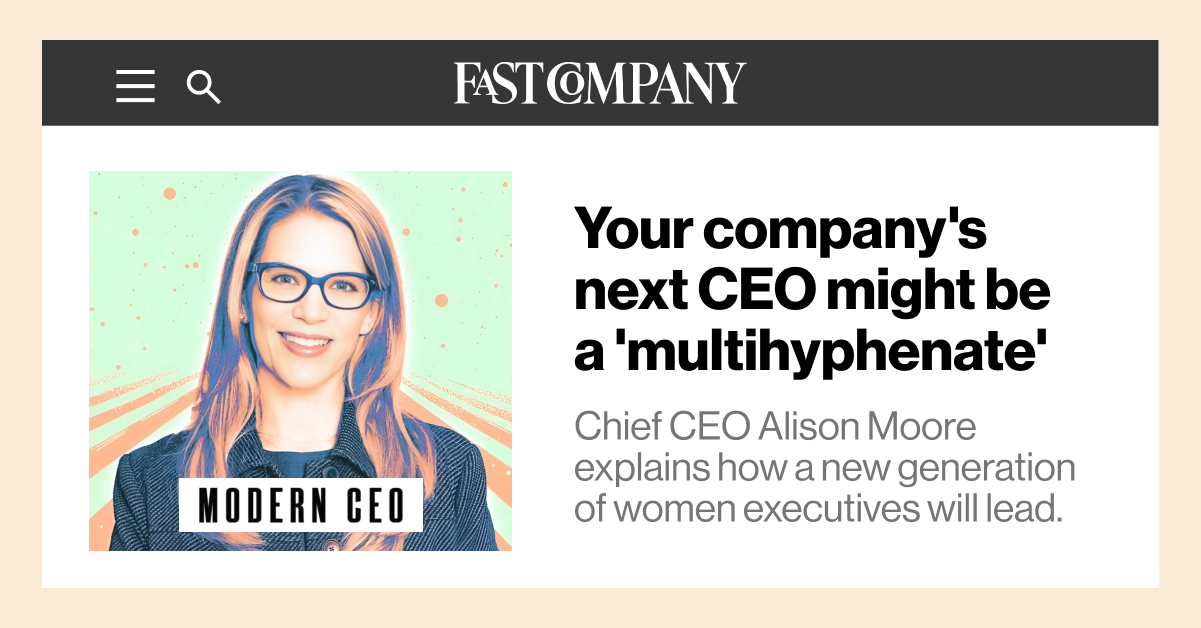For years, Chief Member Isra Pananon Weeks was on the fence about having children. The inevitable trade offs between her career goals and the demands of parenting made the choice a difficult one. But the question of childbearing took on urgency when Weeks and her wife, Julia, reached their mid-30s.
“Both of us were only children, and we began thinking about our legacy and what we’re leaving behind in this world,” says Weeks, Interim Executive Director & Chief of Staff at the National Asian Pacific American Women’s Forum (NAPAWF). Weeks and her wife have stable jobs and comprehensive benefits. “So we thought, why not just try?” she said.
In part because Weeks is an active member of the U.S. military reserves, the couple decided Julia would carry their baby. Two years, multiple fertility treatments and nearly $25,000 later, the couple are now new parents. They’re thrilled — despite the process having been one of the most challenging experiences of their lives.
Says Weeks, “Yes, it's a privilege to be able to do IVF, but nobody talks about the limitations or emotional labor it takes to really go through this journey.”
The Progressive Benefits Paradox
Expanded benefits like longer parental leave, fertility benefits, and paid bereavement leave have come to signal an organization’s progressive values and, in turn, attract diverse talent. A 2021 survey from infertility association RESOLVE and Carrot Fertility found that 77% of employees would stay at their company longer if their employer offered fertility benefits, and 88% would consider changing jobs for fertility benefits.
of employees would consider changing jobs for fertility benefits.
“Employers are asking, what are the things that would make the difference between me and my competitor? Even if they weren’t able to meet the salary requirement, benefits are things that would make a difference for the particular employees that they’re trying to recruit,” said Emily Dickens, Chief of Staff for the Society for Human Resource Management (SHRM).
A 2023 study from the International Foundation of Employee Benefit Plans found that 40% of U.S. organizations offer fertility benefits, up from 30% in 2020. These may include IVF, IUI, gestational carrier fees, and treatments using donor eggs, sperm or embryos — but not all plans cover all services for everyone.
Fertility benefits offer women a greater sense of agency over their careers, families, and in theory, the trajectory of their lives. One study found that having children after 30 significantly increases the woman’s lifetime income as opposed to having children before the age of 25. Fertility benefits, therefore, can be a huge incentive for women who want to spend their 20s and 30s focused on their careers. The trade-off, of course, comes with family planning after fertility has peaked and having children naturally becomes more challenging.
For Weeks and her wife, navigating the labyrinth of both their primary and secondary insurance information was endlessly frustrating. Qualifying for fertility benefits first required an infertility diagnosis, which they couldn’t easily get as an LGBTQIA+ couple. That meant treatments weren’t covered by insurance, including the physically challenging egg extraction.
Then there was the separate process of finding and paying for sperm. “I’m Thai and Julia is White, and at first I thought it didn’t matter that the baby looked like me, but I realized I do care a little more than I thought,” explained Weeks. It can be difficult to find a sperm donor that represents a couple’s heritage, but eventually they found one biracial donor who was half Thai and half Black. “That [race] is another lens to IVF,” Weeks recalls.
At long last, after one round of IVF, Julia became pregnant at age 38. “It felt like winning the lottery," says Weeks. (For context, the percentage of live births per egg retrieval is 26.7% for women ages 38 to 40, and rates sharply decrease after 40.)
They were thrilled — but Weeks was still floored by just how challenging it was to qualify for her own benefits and have her identity reflected and respected in the process.
She’s not alone. Nearly a third of employees who have fertility benefits are unsure who in their company is covered, and 60% feel their company won’t cover all the costs, which might be a deterrent to using them at all.
“I’m ambitious, I wear a uniform, I’m LGBTQ, I’m Thai, I’m Asian-American, I’m an advocate,” says Weeks. She’s also a leader at an organization that promotes women’s rights — and still progressive benefits failed her. Of the nearly $25,000 Weeks and Julia paid out-of-pocket for medication, IVF, sperm and more, only an estimated $6,000 was covered by insurance. If not for women like Weeks and her wife, then who are progressive benefits really for?
Expansive Benefits That Are Inclusive
Creating expansive benefits that actually work for more people requires a commitment to addressing the exorbitant costs, along with acknowledging the physical and mental aspects of the journey, says Jake Anderson-Bialis, Co-Founder of Fertility IQ.
For starters, expansive fertility benefits would cover providers, clinics, and coaching. Guidance that helps employees filter through the noise and avoid misinformation before opting for treatment is key, Anderson-Bialis adds. He and his wife spent nearly $70,000 out-of-pocket on fertility treatments — and he cautions that employees need to be clear on exactly what they’re getting. Most benefits have caps, and with each cycle of IVF running an average of $12,000- $17,000, paying for cycles beyond what insurance covers isn’t financially feasible for many.
According to the Revolve study, an overwhelming 89% of respondents said fertility treatments and family formation negatively impacted their mental health. Anderson-Bialis put the risk bluntly: “Introducing a benefit without education is like giving someone a car without a driver's license.”
With more expansive benefits, qualifying for fertility treatment coverage wouldn’t hinge on the current medical definition of infertility, which is typically six to 12 months of “trying unsuccessfully.” Not only does this framing privilege heterosexual intercourse and deny LGBTQIA+ couples benefits, linking an infertility diagnosis to insemination during sex leaves single parents by choice out of the conversation completely. Requiring an infertility diagnosis may also put off employees who aren’t yet trying to conceive, but want coaching to understand their options down the line.
Finally, companies should think carefully about benefit rollouts, explains Dickens. “Think about the young woman who was a college student and had an abortion. Maybe it was very traumatic for her, and now she’s in the workplace and everyone keeps talking about fertility benefits,” she said. You might, for example, have an optional information session versus a town hall to introduce benefits.
The bottom line, says Dickens, is that “as an executive, it behooves you to know your people as much as you can. You’ve got to think about how you can be employee-centric and employee-focused.”
Weeks agrees. “Acknowledge that there’s multitudes of people within an organization. Make sure your policies land well for a broad swath of employees.”



